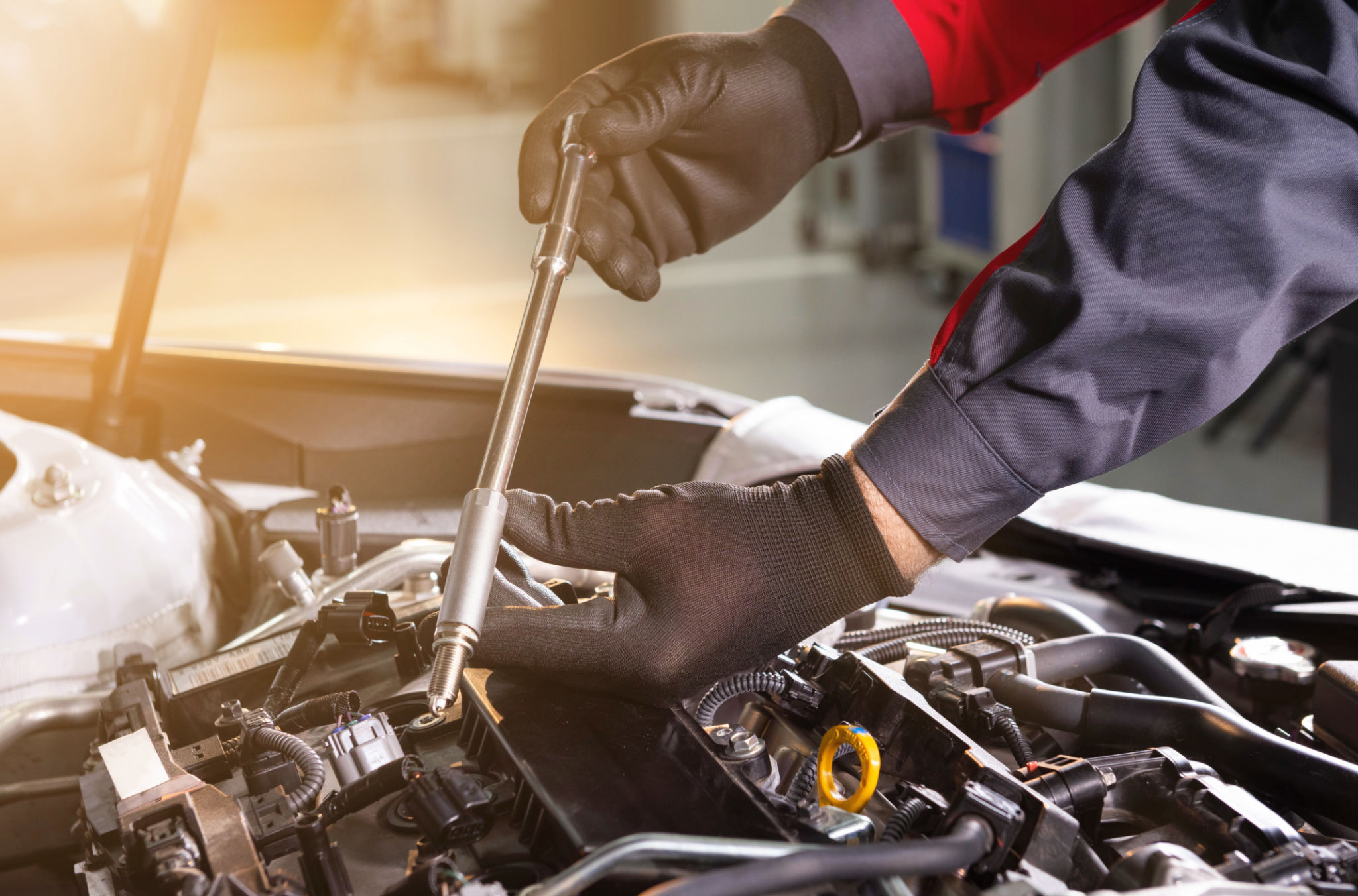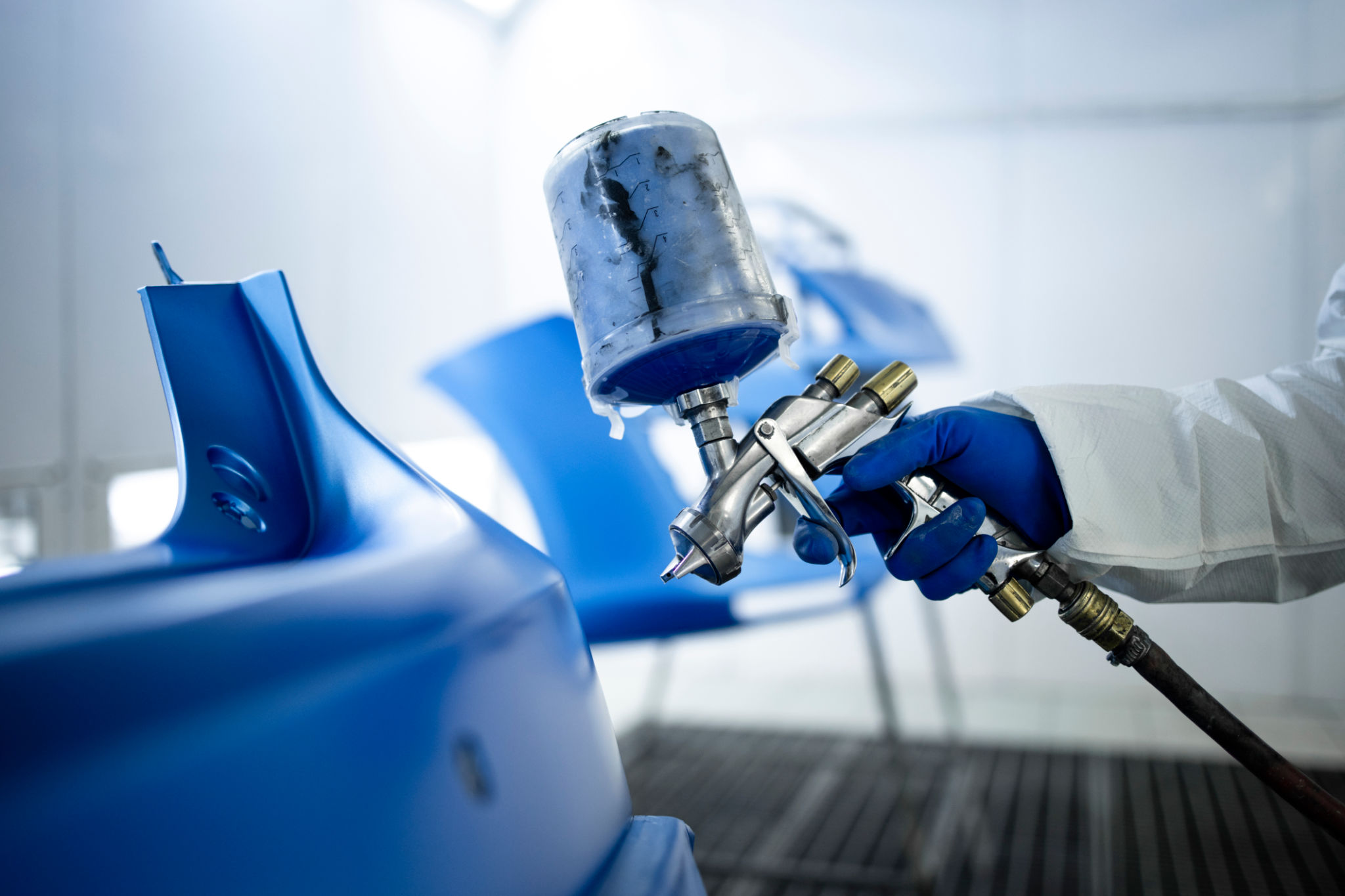Understanding the Auto Painting Process: Step-by-Step
Introduction to Auto Painting
Auto painting is more than just applying a fresh coat of paint; it's a meticulous process that requires attention to detail and precision. Whether you're looking to refresh your vehicle's appearance or repair damage, understanding the step-by-step process can help you appreciate the craftsmanship involved.
Preparation: The Foundation of a Great Finish
The first and often most crucial step in auto painting is preparation. This involves thoroughly cleaning the vehicle to remove dirt, grease, and any contaminants that could affect the paint’s adhesion. Once clean, the car is sanded to create a smooth surface, ensuring the paint adheres properly. Any dents or imperfections are also repaired during this stage.

Masking and Priming
After preparation, the next step is masking. This involves covering parts of the vehicle that should not be painted, such as windows, tires, and trim. Masking helps protect these areas and ensures clean lines. Once masked, a primer is applied to the vehicle’s surface. The primer serves as the base coat, helping the paint adhere better and providing a uniform surface for painting.
Applying the Base Coat
The base coat is where the color comes into play. This layer is applied with precision to ensure even coverage and vibrant color. Depending on the desired finish, multiple coats may be required. It's essential to allow each coat to dry before applying the next to avoid imperfections.

Adding the Clear Coat
After applying the base coat, a clear coat is added. This coat serves as a protective layer, shielding the paint from environmental elements such as UV rays and harsh weather conditions. The clear coat also gives the vehicle a glossy finish, enhancing its appearance.
Drying and Curing
Once all coats have been applied, the vehicle needs time to dry and cure completely. This process can take several hours to days, depending on environmental factors like temperature and humidity. Proper curing ensures that the paint hardens correctly, providing long-lasting durability.

Final Inspection and Touch-Ups
After drying, a final inspection is conducted to ensure quality and consistency. Any imperfections or areas requiring touch-ups are addressed at this stage. This step is crucial to achieve a flawless finish that meets professional standards.
Conclusion: The Art of Auto Painting
The auto painting process is a blend of art and science, requiring skill and patience at every stage. Understanding this process not only helps in appreciating the craftsmanship but also empowers you to make informed decisions when seeking painting services for your vehicle. Whether restoring or customizing, each step contributes to the stunning final result.